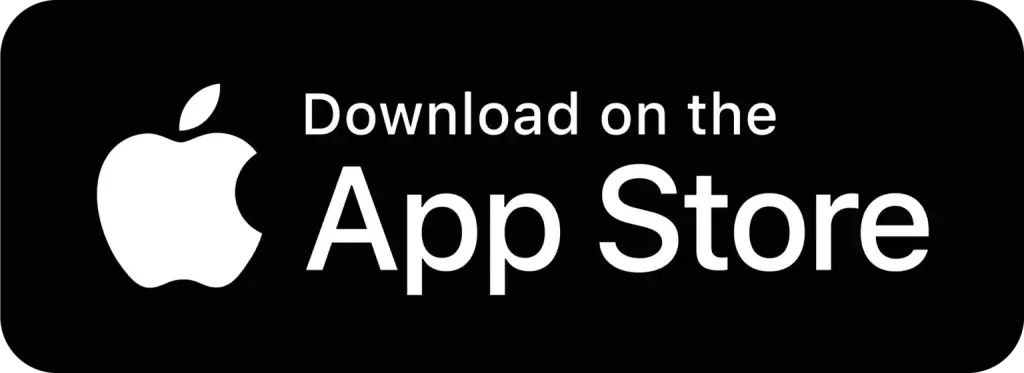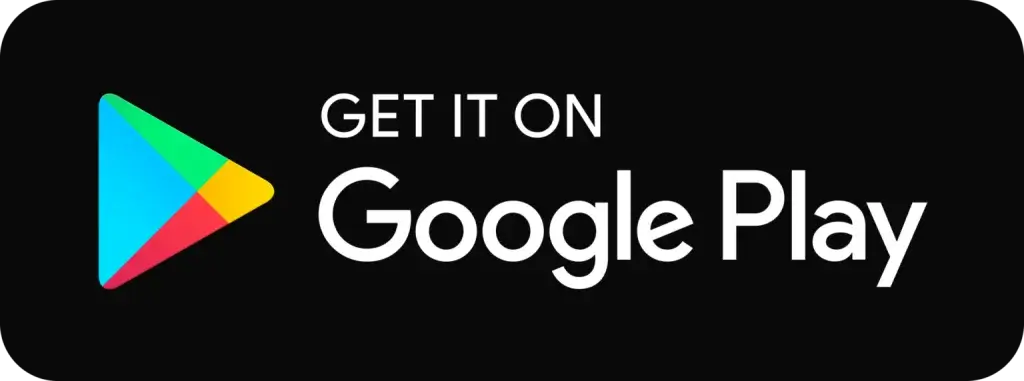For years, influencer marketing was judged by how viral a post went or how big a creator’s following looked on paper. But that era’s over.
Today, what matters the most are the results. The best influencer programs track how creator content impacts every stage of the customer journey: from the first impression to the final checkout.
Let’s break down how leading brands are measuring real full-funnel performance and how you can too.
Why Full Funnel Measurement Is the New Standard
Influencer campaigns are no longer just about brand exposure. Creators are now embedded throughout the funnel creating touchpoints that nurture audiences over time.
Here’s how the funnel can typically look like:
Awareness
A creator launches a short-form video introducing your product on TikTok or Reels. The goal? Reach and recall.
Consideration
A few days later, that same creator posts an honest product comparison or “how I use it daily” video on YouTube or Stories educating the audience.
Conversion
In a follow up Reel or Story, they share a limited time code or shoppable link, driving trackable sales.
Loyalty and Advocacy
Customers start creating UGC themselves, tagging your brand and leaving reviews that fuel retargeting ads and future campaigns.
According to the latest data, influencer marketing is expected to reach $32.55 billion in 2025, with 86% of marketers planning to maintain or grow their creator budgets. The reason? Creators deliver measurable impact across the full funnel.
@mahdimb When in doubt , just perfume it out 😎 @JeanPaulGaultier #jeanpaulgaultier #lemaleelixir
♬ original sound - MahdiBaghdadi
From Vanity Metrics to Value Metrics
Reach and engagement are good indicators, but they don’t tell the whole story. The new performance mindset focuses on metrics that show how influencer content actually drives business outcomes.
Instead of just tracking follower counts or likes, focus on:
Reach quality
Are you hitting your target audience or just collecting impressions?
Engagement depth
Track saves, shares, and watch time: signals of true interest.
Click through rate and traffic quality
Use UTM tracking to measure how engaged viewers are once they land on your website.
Conversions and revenue
Monitor affiliate sales, discount code usage, and cost per acquisition (CPA).
Retention and loyalty
Keep tabs on repeat purchases and UGC created by your customers.
For instance, a skincare brand might partner with mid-tier creators to promote a serum. Their Reels may not go viral, but if viewers are saving the post for later or using the creator’s promo code, that’s proof of intent and conversion potential.
According to the Digital Marketing Institute, 49% of consumers rely on influencer recommendations before buying. And yet, more than half of brands still measure campaign success using only impressions. That’s a major opportunity gap.
Tracking What Actually Converts
Measurement starts with infrastructure. If you can’t track it, you can’t optimize it.
Here’s how advanced teams are connecting the dots:
- Unique UTM links for every creator
- Pixel integrations on landing pages to capture post click behavior (add-to-cart, bounce, checkout).
- Affiliate dashboards that unify organic and paid creator performance, like what you’d do through indaHash influencer marketing Platform.
- Coupon code tracking for offline conversions or promo campaigns (ideal for eCommerce sales).
- View-through attribution to connect influencer impressions with assisted conversions from paid media.
Example:
A fashion brand runs a TikTok campaign with 10 micro creators. While some posts show low engagement, one drives a 3.5x higher add-to-cart rate via its link, that’s the asset you boost with paid spend.
The brands winning in 2025 will be those that optimize based on performance signals, not only popularity.
Turning Creator Content Into Conversions
The secret to scaling influencer ROI is treating creator content like creative assets, not posts that live and die on a feed.
Here’s what a high-performing funnel typically looks like:
Launch organically
A creator posts authentic UGC on TikTok or Reels.
Engagement depth:
Use engagement-to-view ratios, watch time, and click data to spot top posts.
Amplify through paid media
Boost those exact posts as Spark Ads or Meta Branded Content Ads to expand reach efficiently.
Optimize mid-funnel
etarget users who engaged with the creator’s content using “creator-style” videos or social proof testimonials.
Measure conversions
Attribute conversions via UTM or affiliate dashboards to understand cost per sale and ROAS.
Example:
A brand repurposing top performing UGC videos in Meta Advantage+ campaigns can result in 38% higher click-through rate and 24% lower CPA compared to brand shot ads.
The principle is simple: pay for rights, repurpose later with a high performing paid media.
The Future of Influencer Measurement
The next phase of influencer marketing will be driven by data, AI, and integrated technology. AI powered insights are already transforming how brands predict performance. Soon, marketers will be able to identify which creators, captions, and content formats are most likely to deliver ROI before a campaign even launches.
But AI alone isn’t enough. To turn data into real decisions, brands need an influencer marketing platform that centralizes everything: from creator discovery and affiliate tracking to performance analytics and optimization.
These platforms can offer:
- Unified analytics dashboards that merge influencer performance data for full funnel visibility.
- Automated reporting that connects campaign outcomes directly to metrics like traffic, conversions, and ROI.
- Affiliate and sales tracking tools that show exactly how creator content drives purchases.
As technology matures, influencer partnerships will move beyond one off activations toward measurable, long-term collaborations tied to KPIs like lifetime value, repeat purchases, and retention.
According to Statista, 45% of global marketing professionals plan to increase budgets for long term creator partnerships in 2025. Similarly, a study by LTK shows that over 50% of brands intend to grow their creator budgets: a clear signal that the industry is shifting from influencer marketing to creator growth ecosystems.
In this new landscape, having the right influencer marketing platform is essential to measure, optimize, and scale results across every stage of the funnel.
Key Takeaway
Influencer marketing has matured into a measurable, full funnel performance channel.When you track the real impact from reach and engagement to conversion and loyalty you transform your influencer strategy from a creative experiment into a predictable growth engine.
The key is to use the right platform, the right creators, and the right insights to make every collaboration accountable for impact.
Ready to measure your full funnel influencer ROI? Book a demo and see how we can help you turn influencer partnerships into measurable performance growth..
